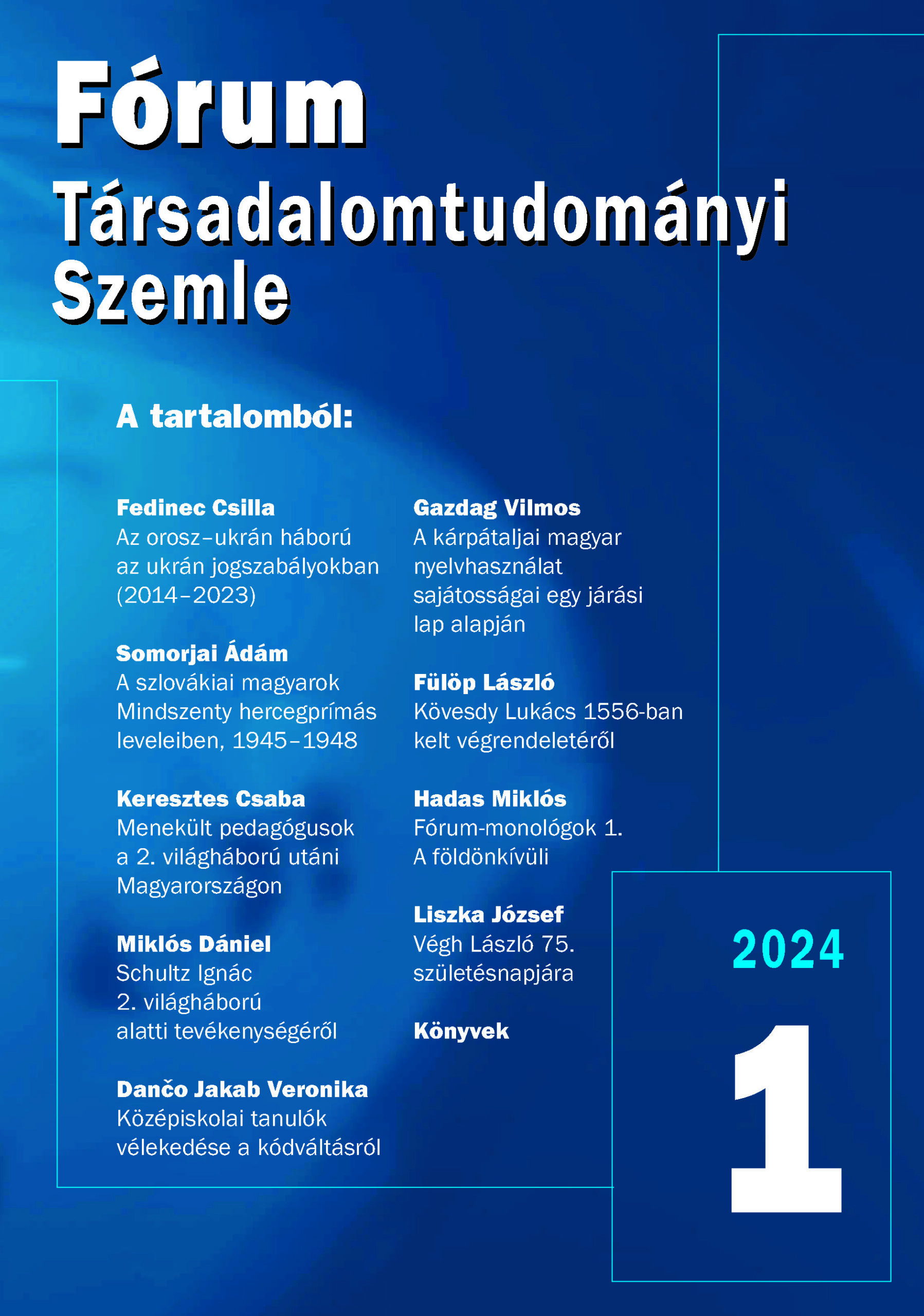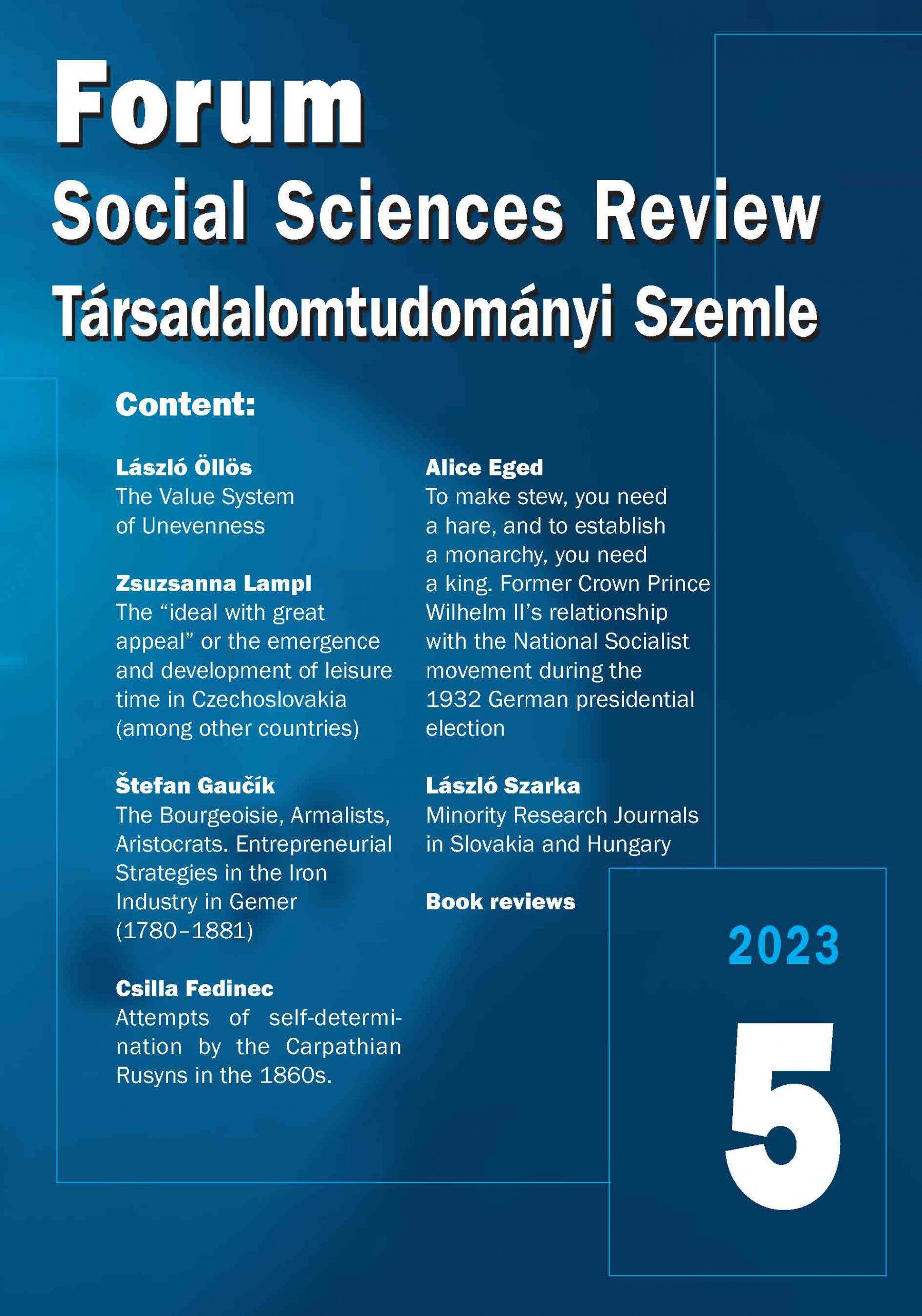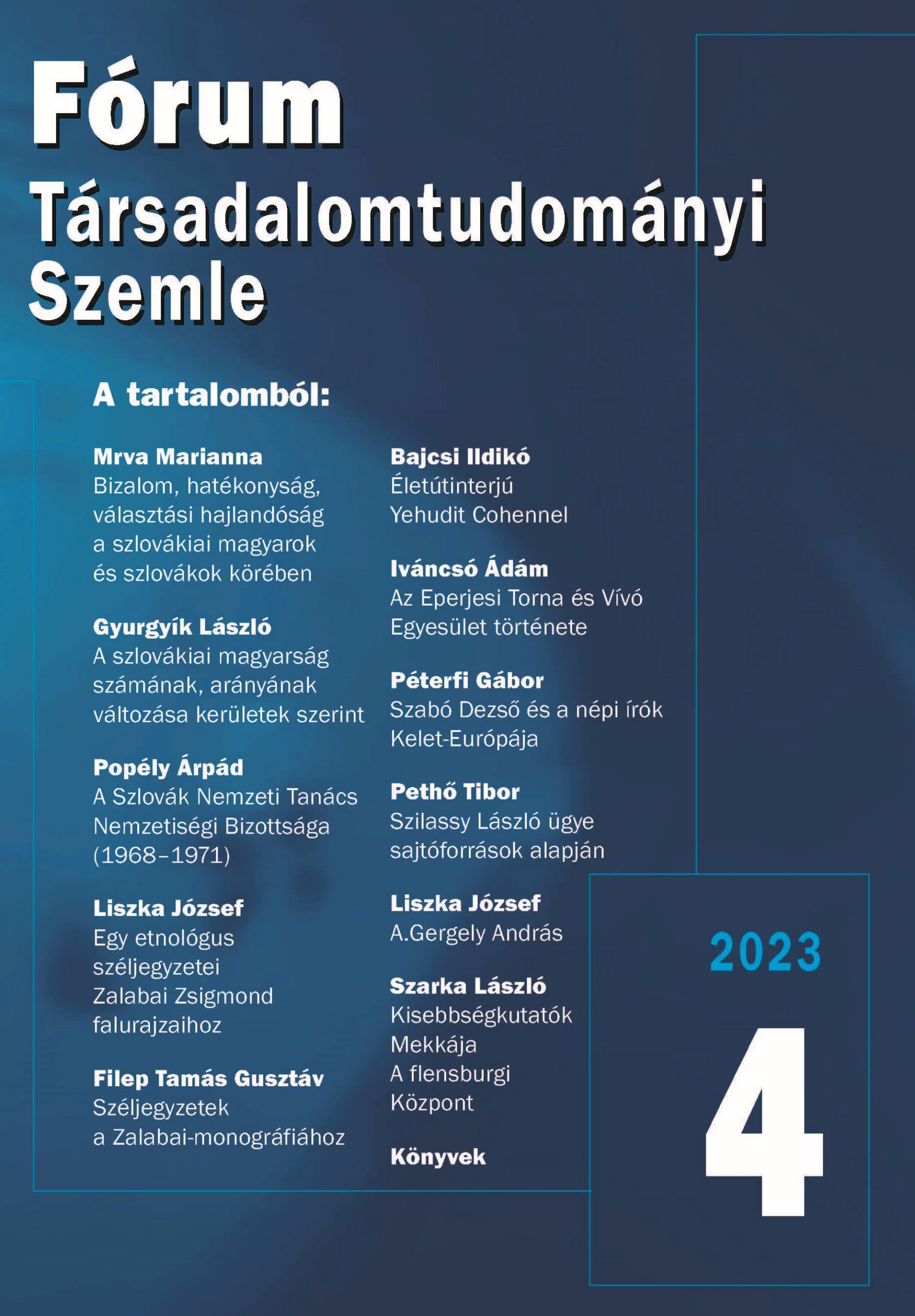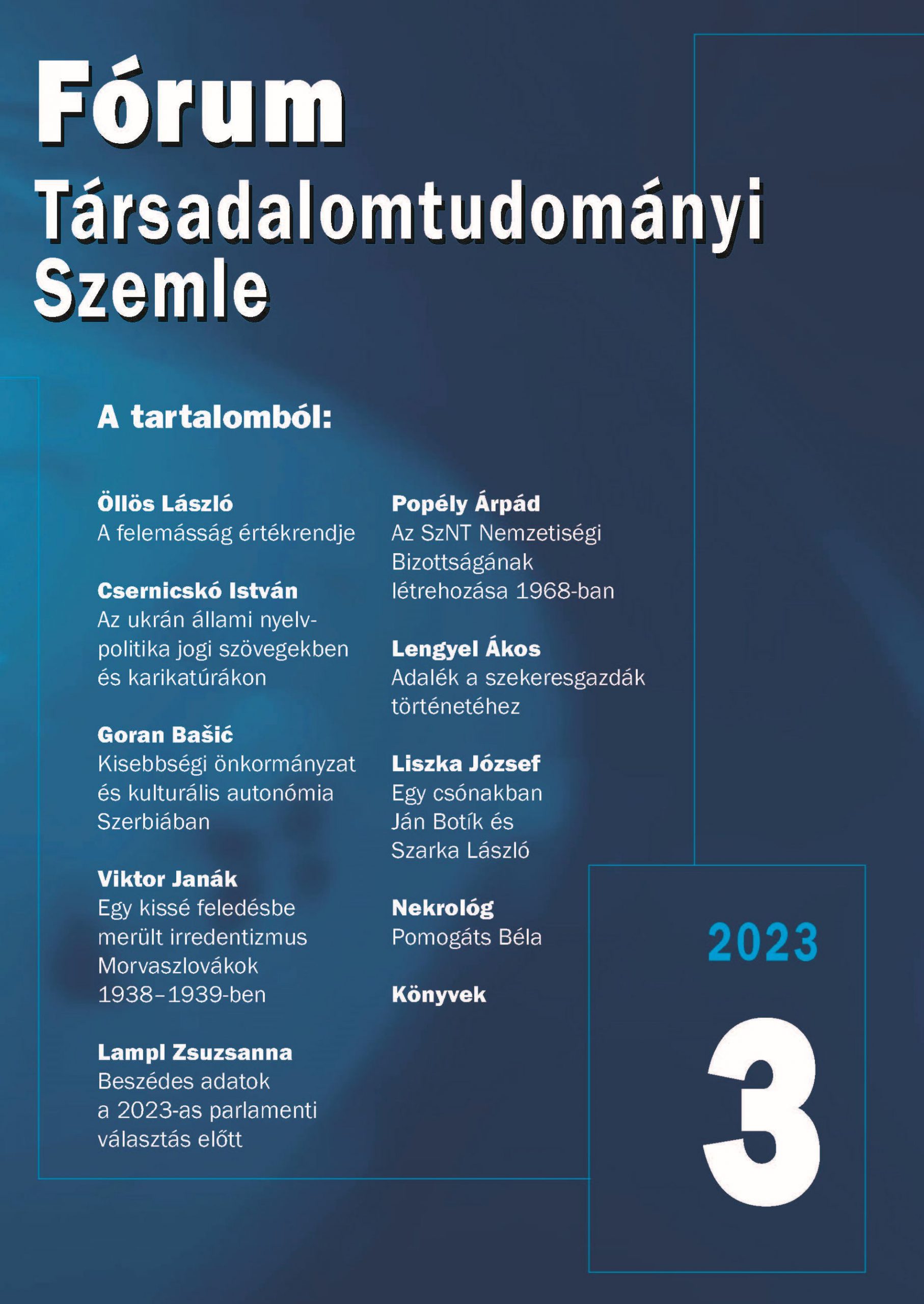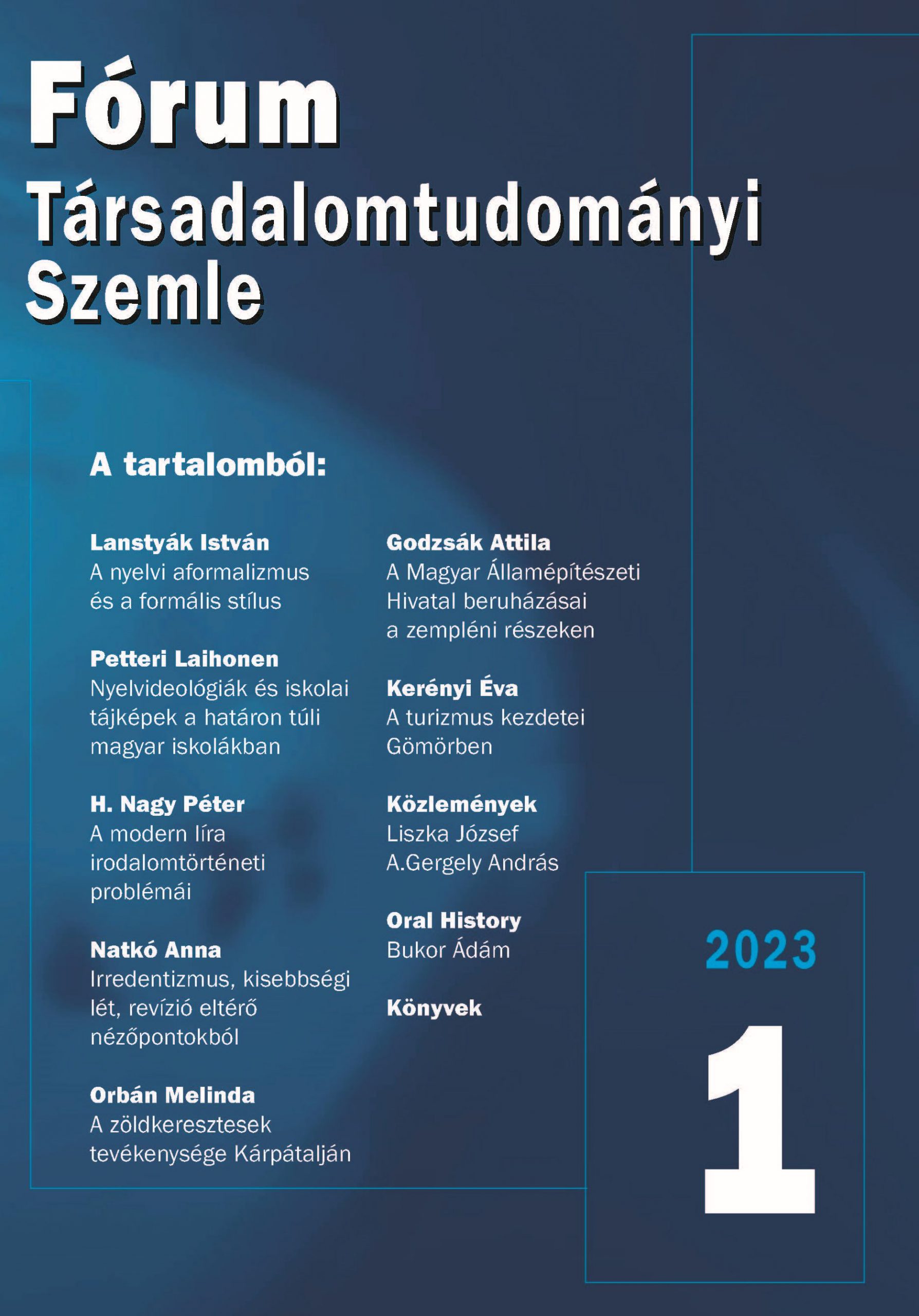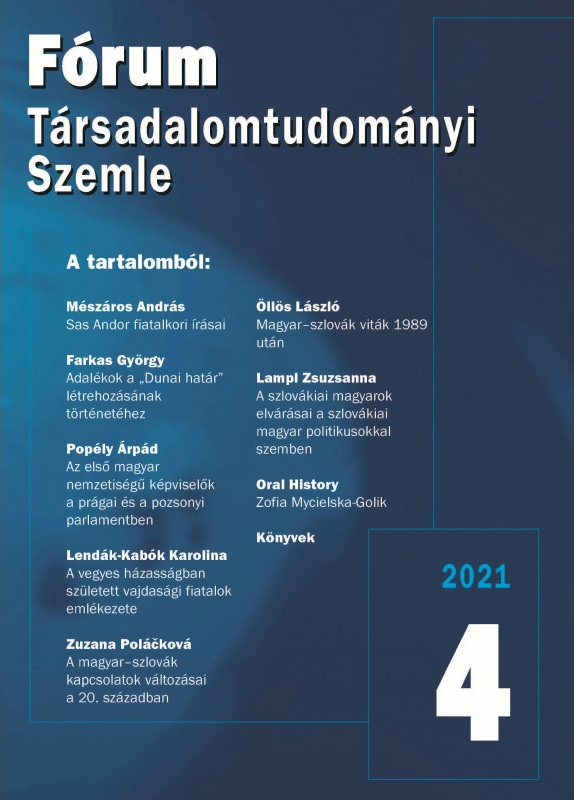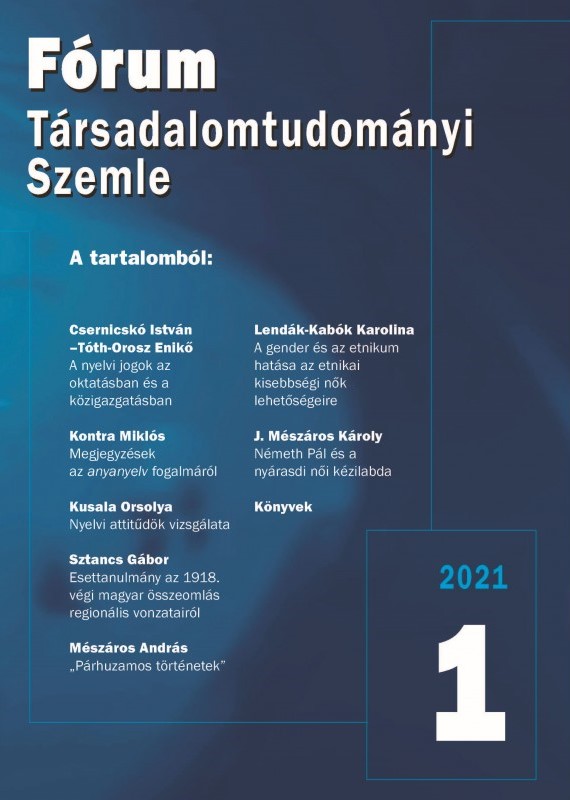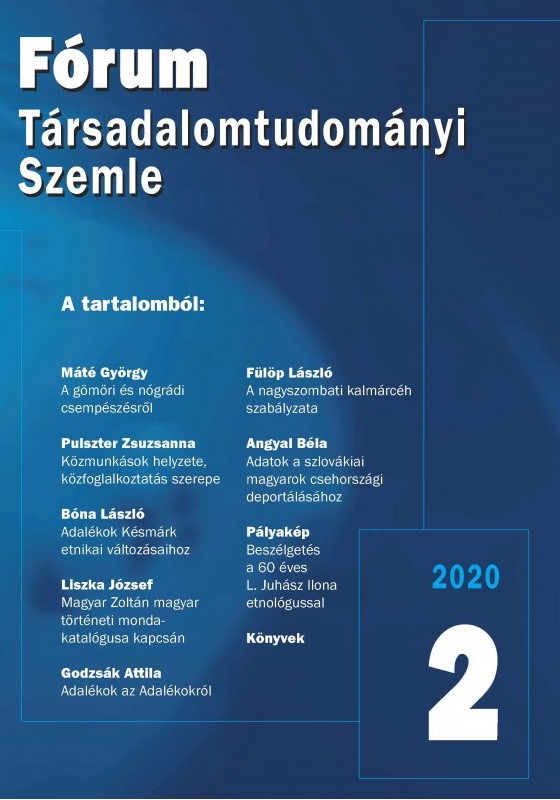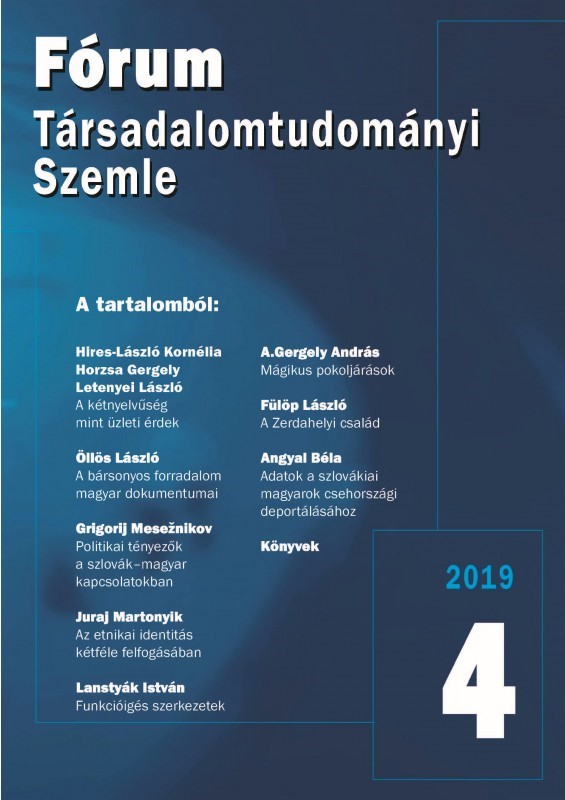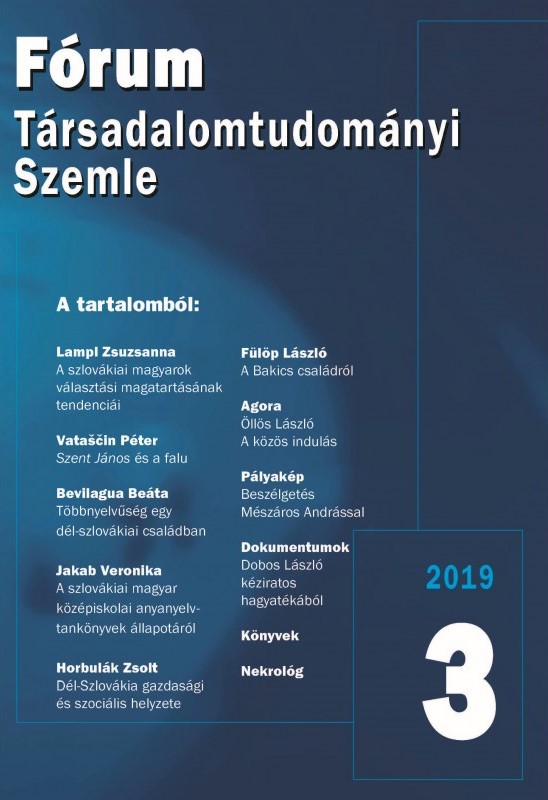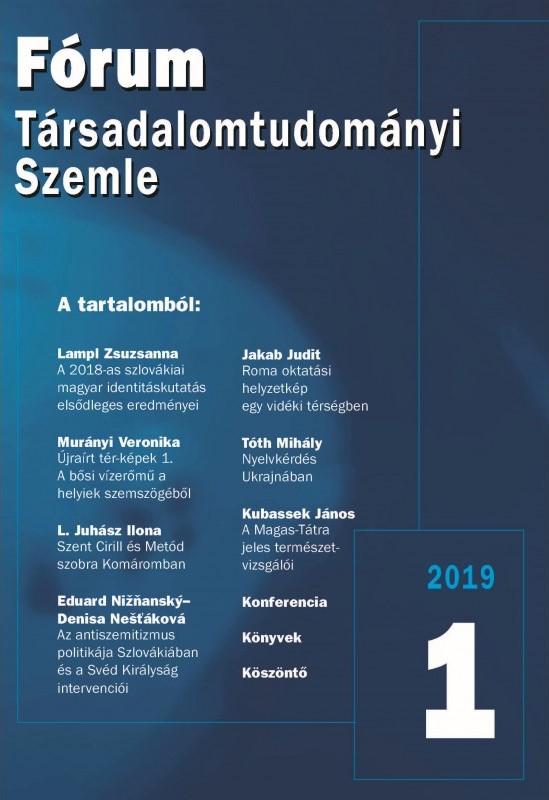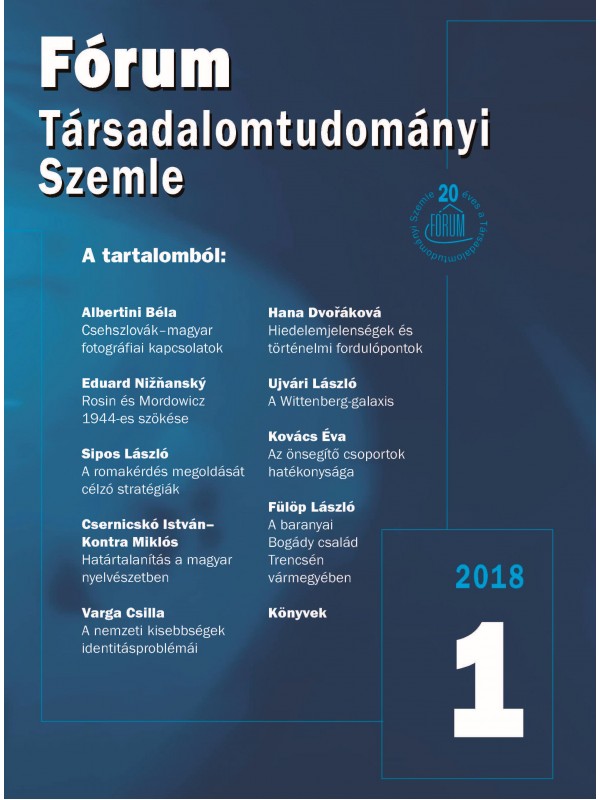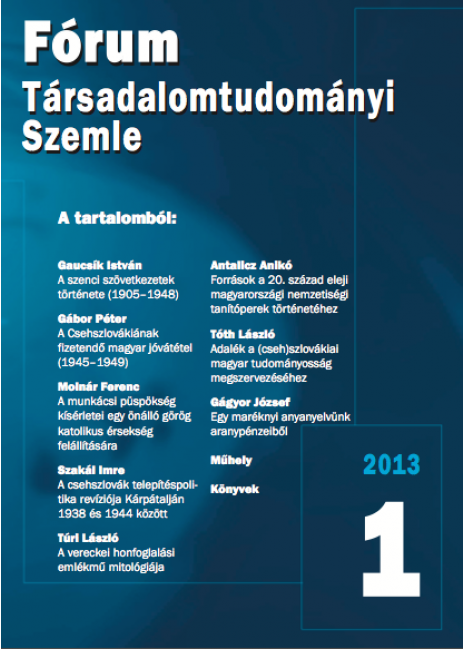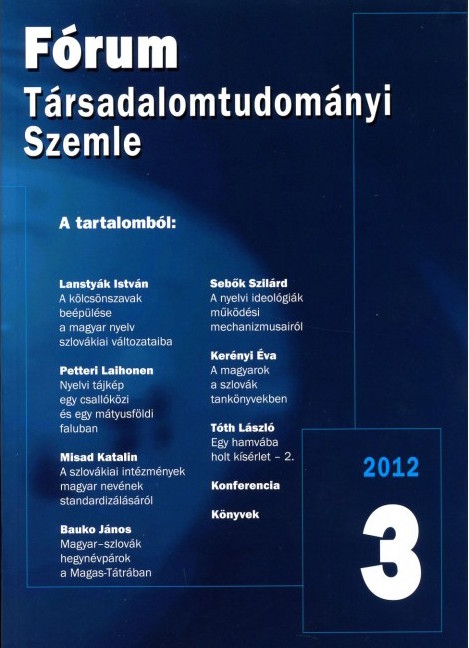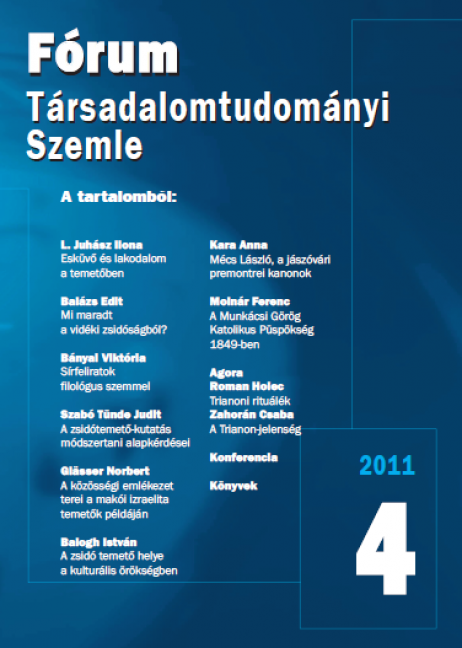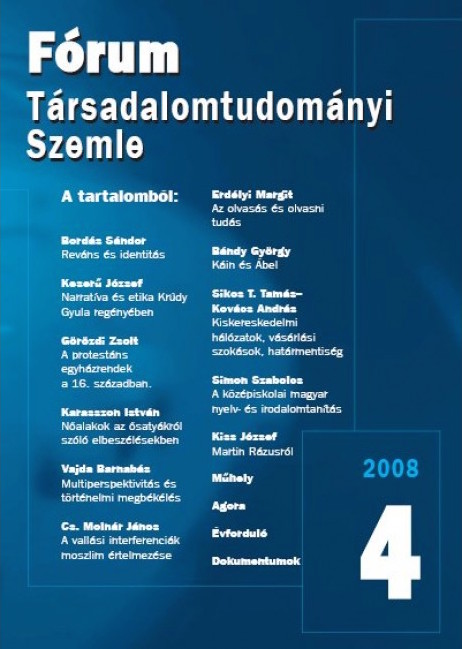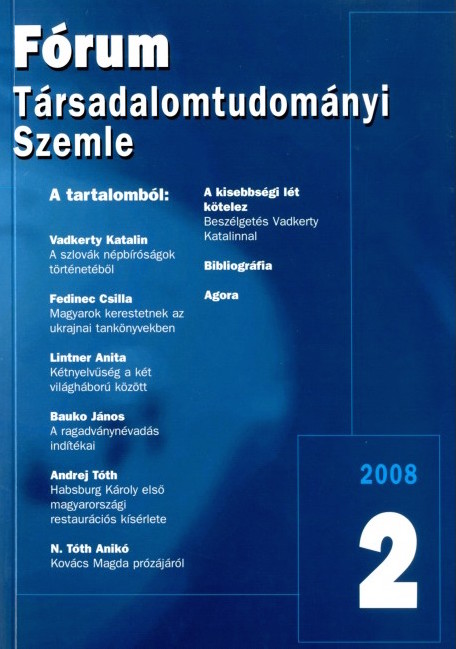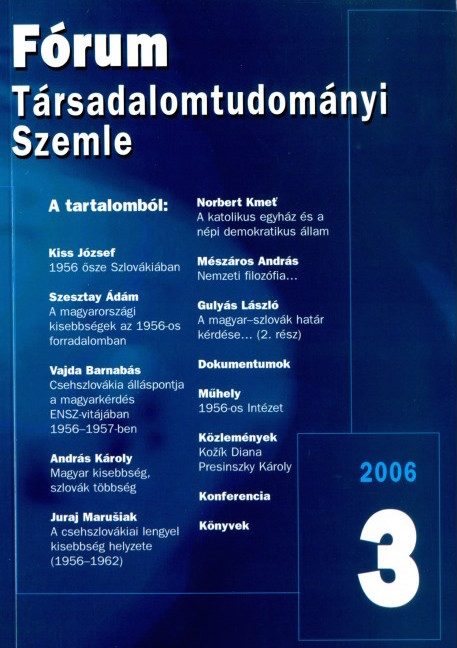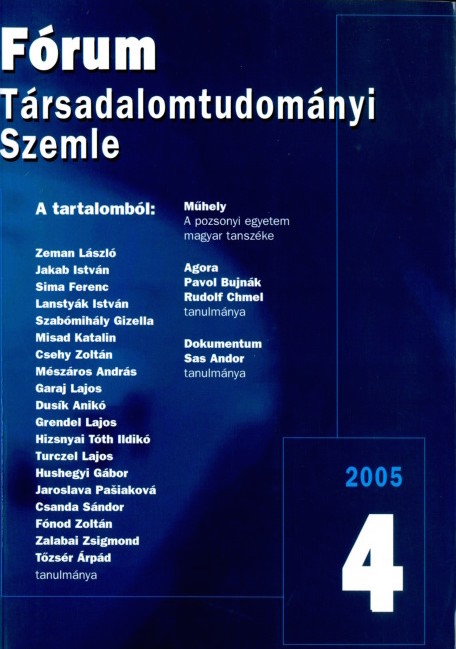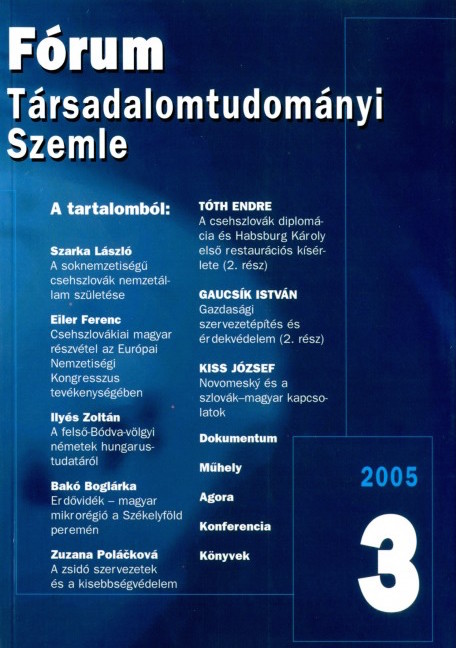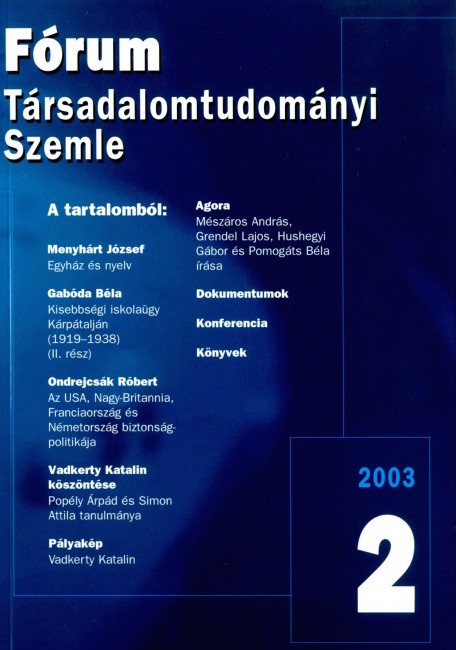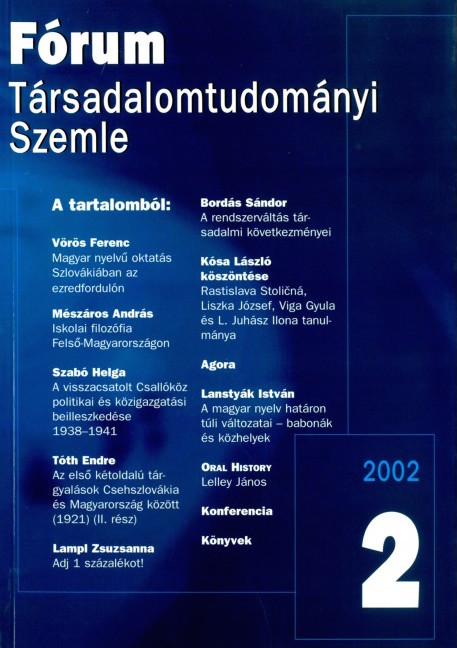“Just Don´t Throw It Out…” Deponia Pia: a “Sacred Depot” or “Sacred Trash”, or the Issue of Preservation
Warning: Undefined variable $post in /data/4/3/4345b0b5-1481-458e-9362-50ccd424191c/forumdev.sk/sub/forumszemle/wp-content/themes/szemle/page-template-szemle.php on line 454
Warning: Attempt to read property "ID" on null in /data/4/3/4345b0b5-1481-458e-9362-50ccd424191c/forumdev.sk/sub/forumszemle/wp-content/themes/szemle/page-template-szemle.php on line 454
Warning: Array to string conversion in /data/4/3/4345b0b5-1481-458e-9362-50ccd424191c/forumdev.sk/sub/forumszemle/wp-includes/taxonomy.php on line 3720
Warning: Array to string conversion in /data/4/3/4345b0b5-1481-458e-9362-50ccd424191c/forumdev.sk/sub/forumszemle/wp-includes/category-template.php on line 1301
“Just Don´t Throw It Out…” Deponia Pia: a “Sacred Depot” or “Sacred Trash”, or the Issue of Preservation
Certain cultural objects, crosses, pictures and statues of saints, rosaries, home holy water fonts left out of use often remain kept as a legacy, they are not thrown out but are placed, out of grace, in some sacred place (a secluded chapel, booths of wayside shrines) or simply at the foot of a wayside cross. This form and place of preservation is known in science as a “sacred depot” or deponia. This study presents examples of this phenomenon in southern Slovakia, putting it in parallel with similar attempts to preserve the memory of ancestors and also placing it in the broader context of the culture of remembrance.
The First Weeks of the 1918–19 Regime Change in Losonc, Rimaszombat and Rozsnyó
Warning: Undefined variable $post in /data/4/3/4345b0b5-1481-458e-9362-50ccd424191c/forumdev.sk/sub/forumszemle/wp-content/themes/szemle/page-template-szemle.php on line 454
Warning: Attempt to read property "ID" on null in /data/4/3/4345b0b5-1481-458e-9362-50ccd424191c/forumdev.sk/sub/forumszemle/wp-content/themes/szemle/page-template-szemle.php on line 454
Warning: Array to string conversion in /data/4/3/4345b0b5-1481-458e-9362-50ccd424191c/forumdev.sk/sub/forumszemle/wp-includes/taxonomy.php on line 3720
Warning: Array to string conversion in /data/4/3/4345b0b5-1481-458e-9362-50ccd424191c/forumdev.sk/sub/forumszemle/wp-includes/category-template.php on line 1301
This paper covers the regional peculiarities of the transformation that took place in the Central Europe after the First World War and examines how the regime change took place in three towns in the northern periphery of the central part of the Hungarian-speaking area, Losonc (Lučenec), Rimaszombat (Rimavská Sobota) and Rozsnyó (Rožňava). In the first half of the study, the author presents how the events of the Aster Revolution led by Mihály Károlyi happened in these towns. He shows the formation of the Hungarian National Councils and also figures the events and causes of the riots in the Nógrád (Novohrad) and Gömör (Gemer) area. The second part of the paper depicts the occupation of the examined region and towns by the Czechoslovak army. The author points out that the peaceful, non-violent course of the occupation is for the most part owing to the fact that the local Hungarian population did not see the Czechoslovak troops as invading forces but as temporary law enforcement units.
Examination of Party Preferences of Slovak Municipalities in the Southern Great Plain (1931–1947)
Warning: Undefined variable $post in /data/4/3/4345b0b5-1481-458e-9362-50ccd424191c/forumdev.sk/sub/forumszemle/wp-content/themes/szemle/page-template-szemle.php on line 454
Warning: Attempt to read property "ID" on null in /data/4/3/4345b0b5-1481-458e-9362-50ccd424191c/forumdev.sk/sub/forumszemle/wp-content/themes/szemle/page-template-szemle.php on line 454
Warning: Array to string conversion in /data/4/3/4345b0b5-1481-458e-9362-50ccd424191c/forumdev.sk/sub/forumszemle/wp-includes/taxonomy.php on line 3720
Warning: Array to string conversion in /data/4/3/4345b0b5-1481-458e-9362-50ccd424191c/forumdev.sk/sub/forumszemle/wp-includes/category-template.php on line 1301
This paper presents the first results of a larger study. The research attempts to examine the party preferences and attitudes of Slovaks in Hungary, especially focusing on 1939, as it is demonstrably different from that of other national minorities, and where it does not differ, we can find that we cannot speak about ethnic-based voting in their case. The research uses the methodologies of political geography and election research. As this study is the first one on the research, it presents the methodological bases and publications that can be considered as research antecedents conducted by others. It also attempts to analyse the 1939 election results of the Slovak diaspora in the Southern Great Planes, and, as a control, it also examines the elections of 1931, 1935, 1945 and 1947, comparing the results of the two constituencies inhabited in part by Slovak population with the results of municipalities with Slovak majority population and with the national results. The first results already include unexpected data beyond the margin of error that require further examination.
The Mécs Legacy and Poems Database in the Archives of the Prémontré Abbey in Gödöllő
Warning: Undefined variable $post in /data/4/3/4345b0b5-1481-458e-9362-50ccd424191c/forumdev.sk/sub/forumszemle/wp-content/themes/szemle/page-template-szemle.php on line 454
Warning: Attempt to read property "ID" on null in /data/4/3/4345b0b5-1481-458e-9362-50ccd424191c/forumdev.sk/sub/forumszemle/wp-content/themes/szemle/page-template-szemle.php on line 454
Warning: Array to string conversion in /data/4/3/4345b0b5-1481-458e-9362-50ccd424191c/forumdev.sk/sub/forumszemle/wp-includes/taxonomy.php on line 3720
Warning: Array to string conversion in /data/4/3/4345b0b5-1481-458e-9362-50ccd424191c/forumdev.sk/sub/forumszemle/wp-includes/category-template.php on line 1301
The spiritual legacy of László Mécs is not concentrated in one place in the Carpathian Basin. Its largest stock is in the Archives of the Prémontré Abbey in Gödöllő, Hungary. The Mécs poem database, also created here, helps to identify any work(s) of Mécs that may be found in the future and to make a research on those already available in the database.
The Image of Hungarians in the Traditional and Economic Diaspora
Warning: Undefined variable $post in /data/4/3/4345b0b5-1481-458e-9362-50ccd424191c/forumdev.sk/sub/forumszemle/wp-content/themes/szemle/page-template-szemle.php on line 454
Warning: Attempt to read property "ID" on null in /data/4/3/4345b0b5-1481-458e-9362-50ccd424191c/forumdev.sk/sub/forumszemle/wp-content/themes/szemle/page-template-szemle.php on line 454
Warning: Array to string conversion in /data/4/3/4345b0b5-1481-458e-9362-50ccd424191c/forumdev.sk/sub/forumszemle/wp-includes/taxonomy.php on line 3720
Warning: Array to string conversion in /data/4/3/4345b0b5-1481-458e-9362-50ccd424191c/forumdev.sk/sub/forumszemle/wp-includes/category-template.php on line 1301
Today, there are about 15 million people in the world who consider themselves Hungarian. One third of these people experience their Hungarianness outside the Trianon borders. Academic literature divides Hungarians living outside the country into two large groups, the native and the migrant diaspora. In my paper, I examine whether this division is tenable after the accession of Hungary and, with the exception of Ukraine and Serbia, the neighbouring countries to the European Union and the opportunities provided by the open labour market, or whether it is necessary to introduce a third diaspora group. I specifically examined the attitude of the members of the two groups to the Hungariannes, the nation, the citizenship, the local Hungarian community and the ecclesial communities, and I call on the readers and decision-makers to think together about what can be done for the preservation of the declining Hungarian diaspora.
Appearance of the Characteristics of Living in Minority in Transcarpathia between the Two World Wars in the Prose of Mihály Tamás and Ivan Olbracht
Warning: Undefined variable $post in /data/4/3/4345b0b5-1481-458e-9362-50ccd424191c/forumdev.sk/sub/forumszemle/wp-content/themes/szemle/page-template-szemle.php on line 454
Warning: Attempt to read property "ID" on null in /data/4/3/4345b0b5-1481-458e-9362-50ccd424191c/forumdev.sk/sub/forumszemle/wp-content/themes/szemle/page-template-szemle.php on line 454
Warning: Array to string conversion in /data/4/3/4345b0b5-1481-458e-9362-50ccd424191c/forumdev.sk/sub/forumszemle/wp-includes/taxonomy.php on line 3720
Warning: Array to string conversion in /data/4/3/4345b0b5-1481-458e-9362-50ccd424191c/forumdev.sk/sub/forumszemle/wp-includes/category-template.php on line 1301
The territory of today’s Transcarpathia was an integral part of Hungary until the peace treaties that ended the First World War. After the annexation of the area to Czechoslovakia, the concept of Transcarpathia, the Hungarians of Transcarpathia, developed. Assuming that literature reflects reality in some form, literary works born in the area have a good chance of carrying the linguistic, cultural, and other features of an emerging national minority being. And by examining the literature between the two world wars, we can gain insight into the process of the formation of a minority. Tamás Mihály’s novel Két part közt fut a víz [Water between Two Shores] reveals the period when the Hungarians of Transcarpathia became a minority from one moment to the next, while the Czech writer Ivan Olbracht describes the situation of the Jewish and Ruthenian ethnic minorities of the same period in his works. Through the analysis of the prose of the two authors, we can observe how the representatives of different ethnicities living in the present-day Transcarpathia were confronted with the changed social, political, economic, linguistic and cultural conditions of and how the multilingual, colourful cultural reality is reflected in their fiction.
Broadcasting for National Minorities on the Slovak Public Television
Warning: Undefined variable $post in /data/4/3/4345b0b5-1481-458e-9362-50ccd424191c/forumdev.sk/sub/forumszemle/wp-content/themes/szemle/page-template-szemle.php on line 454
Warning: Attempt to read property "ID" on null in /data/4/3/4345b0b5-1481-458e-9362-50ccd424191c/forumdev.sk/sub/forumszemle/wp-content/themes/szemle/page-template-szemle.php on line 454
Warning: Array to string conversion in /data/4/3/4345b0b5-1481-458e-9362-50ccd424191c/forumdev.sk/sub/forumszemle/wp-includes/taxonomy.php on line 3720
Warning: Array to string conversion in /data/4/3/4345b0b5-1481-458e-9362-50ccd424191c/forumdev.sk/sub/forumszemle/wp-includes/category-template.php on line 1301
The basic purpose of public media and media services is to provide customer service. This service plays a key role in the television media market, which consists mainly of commercial channels. In addition to non-commercial interests and balanced, objective news service, demanding and wide-ranging programming should also be a fundamental task of (good) public service. The duration of programs for national minorities and programs presenting national minorities is determined by law. In addition, however, it is worth examining the practical aspects of defining and positioning ethnic programs in Slovakia and their impact on the thinking of society.



